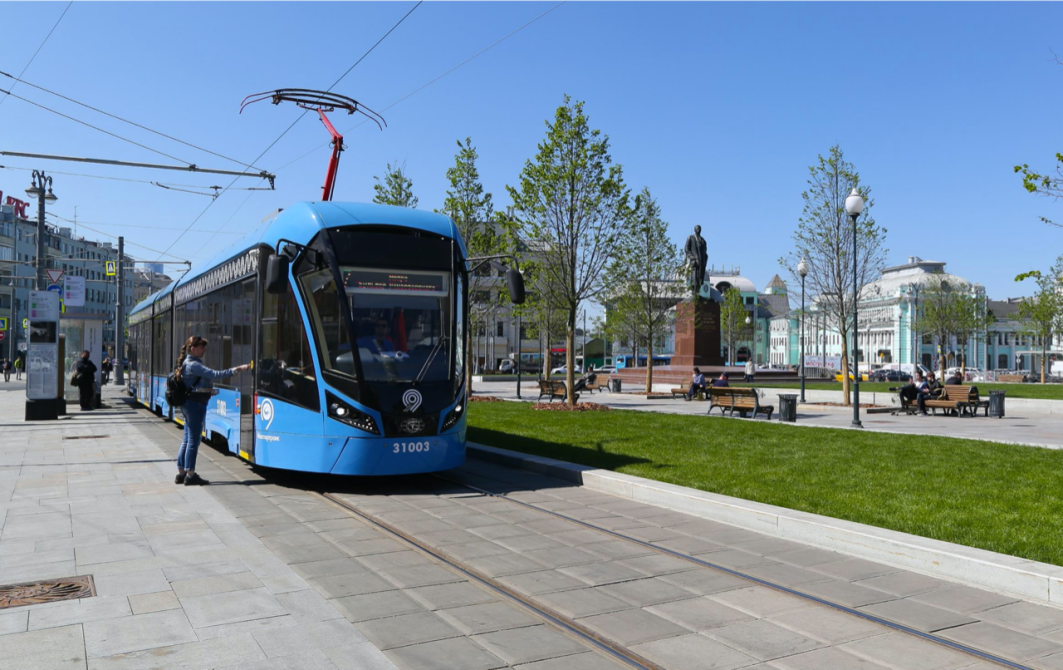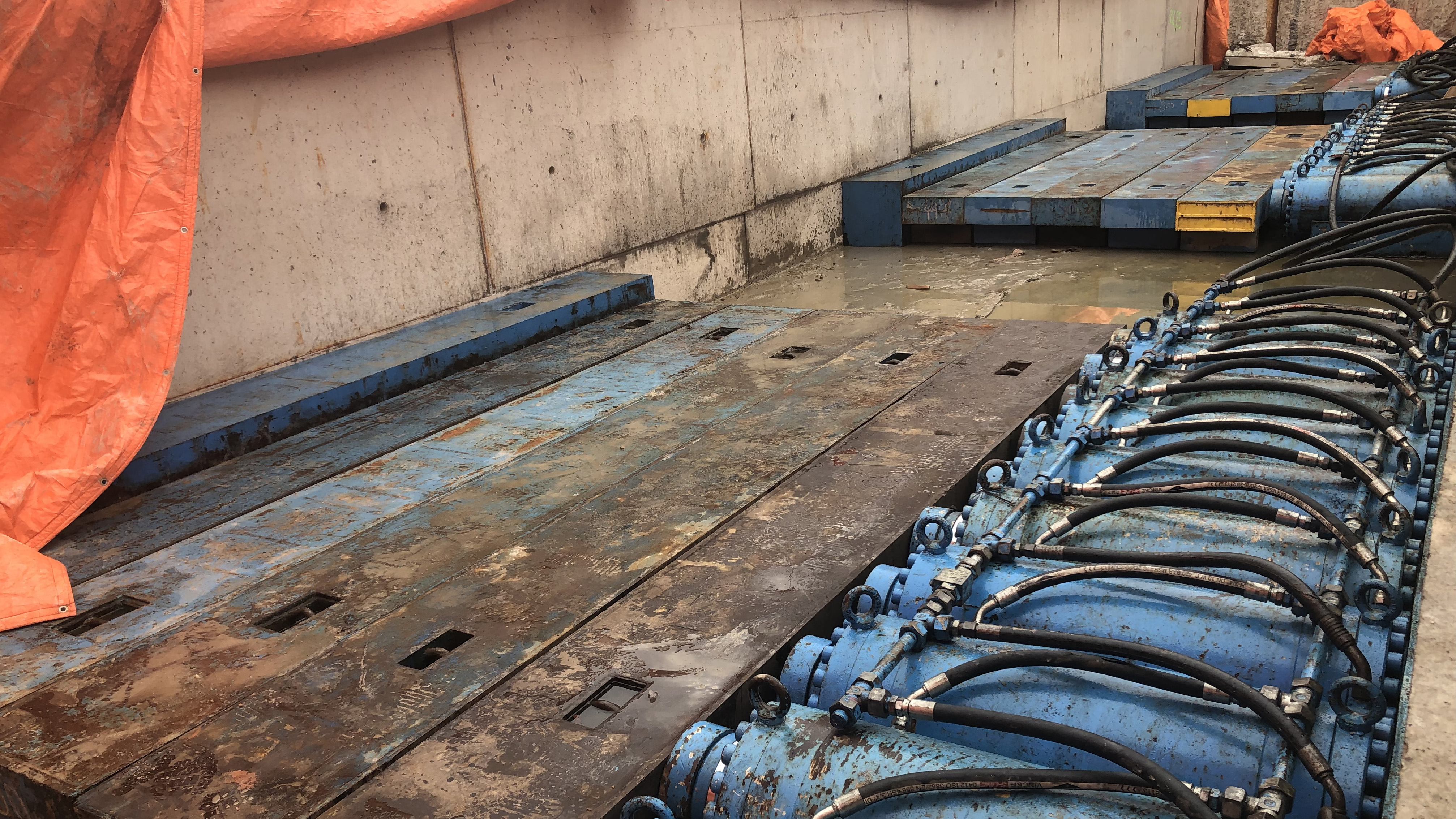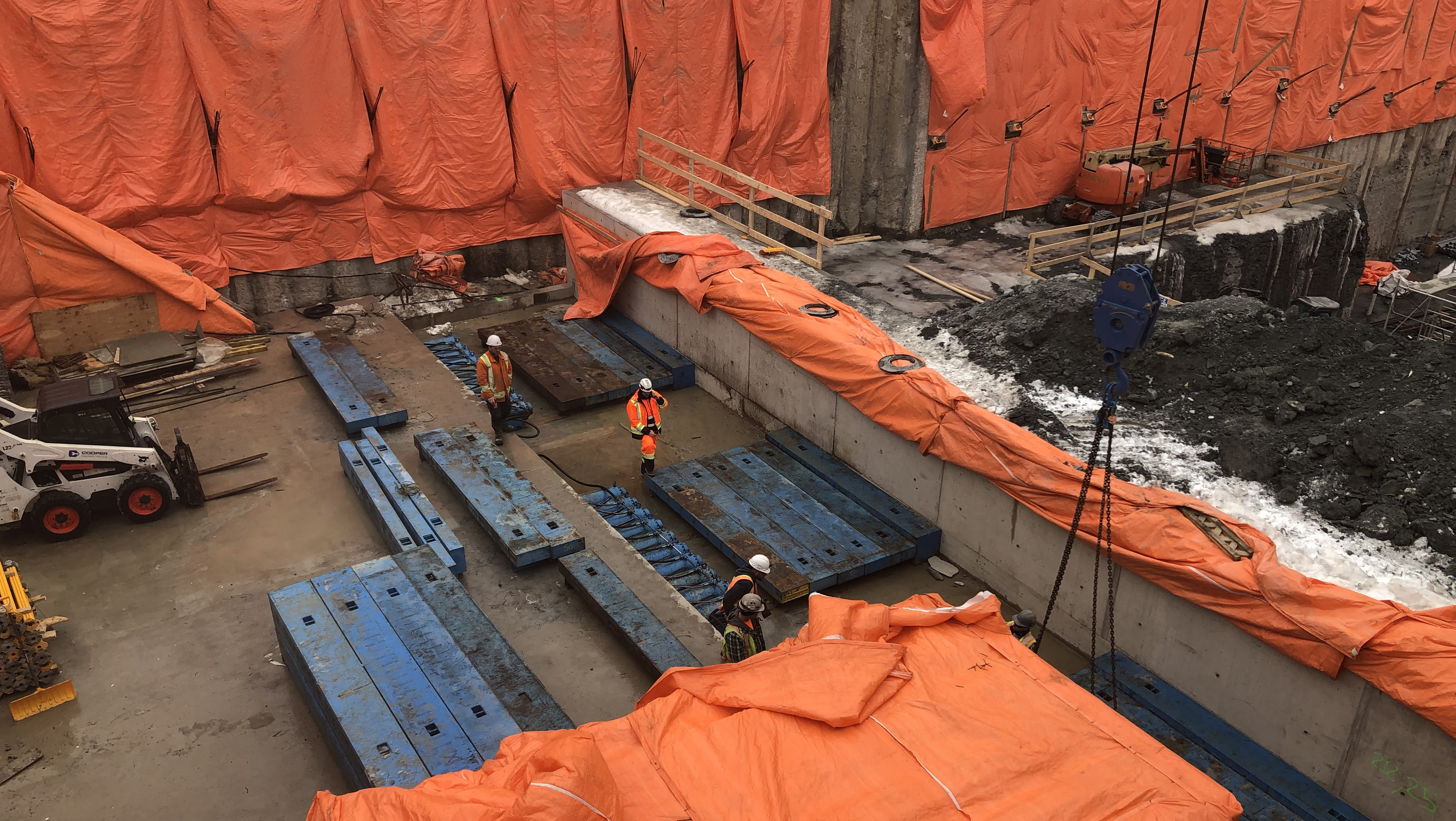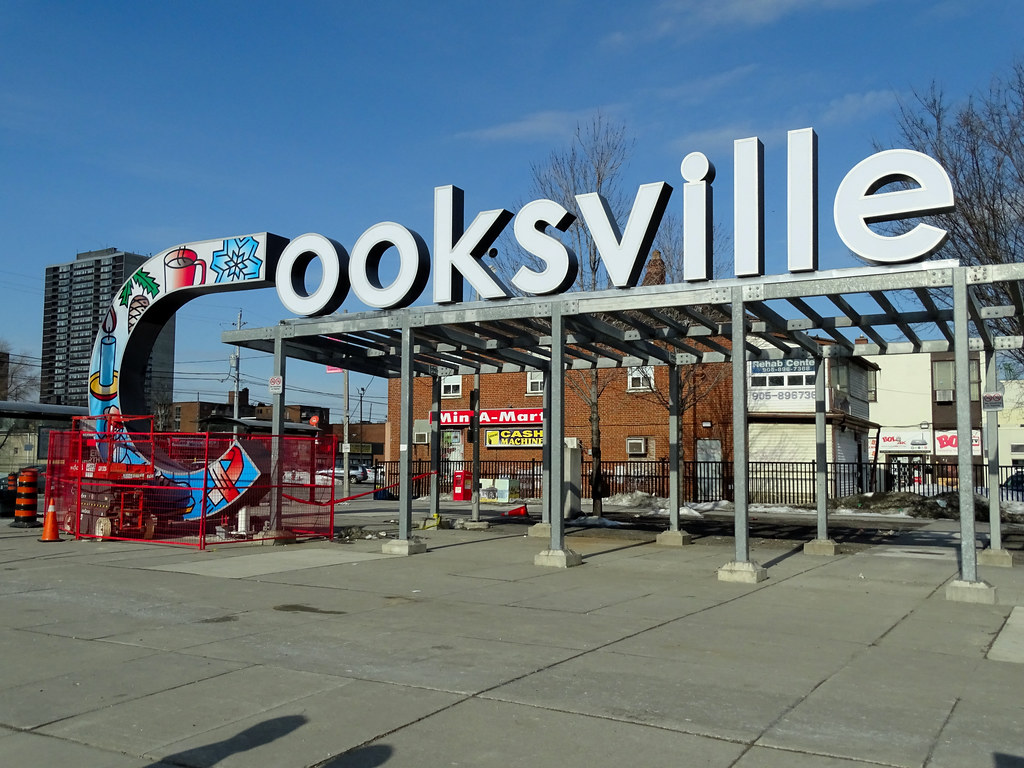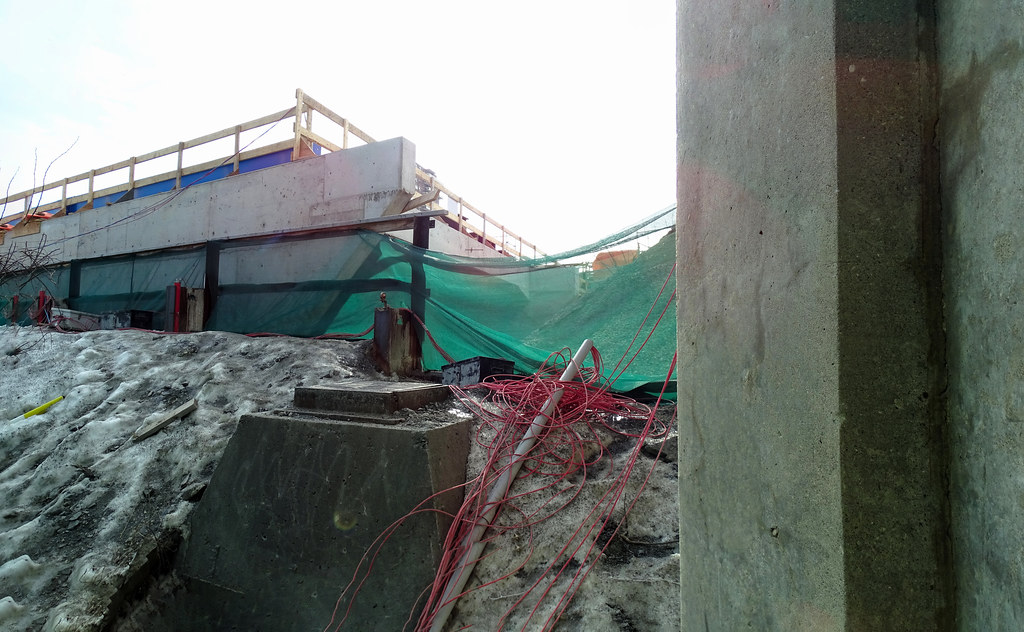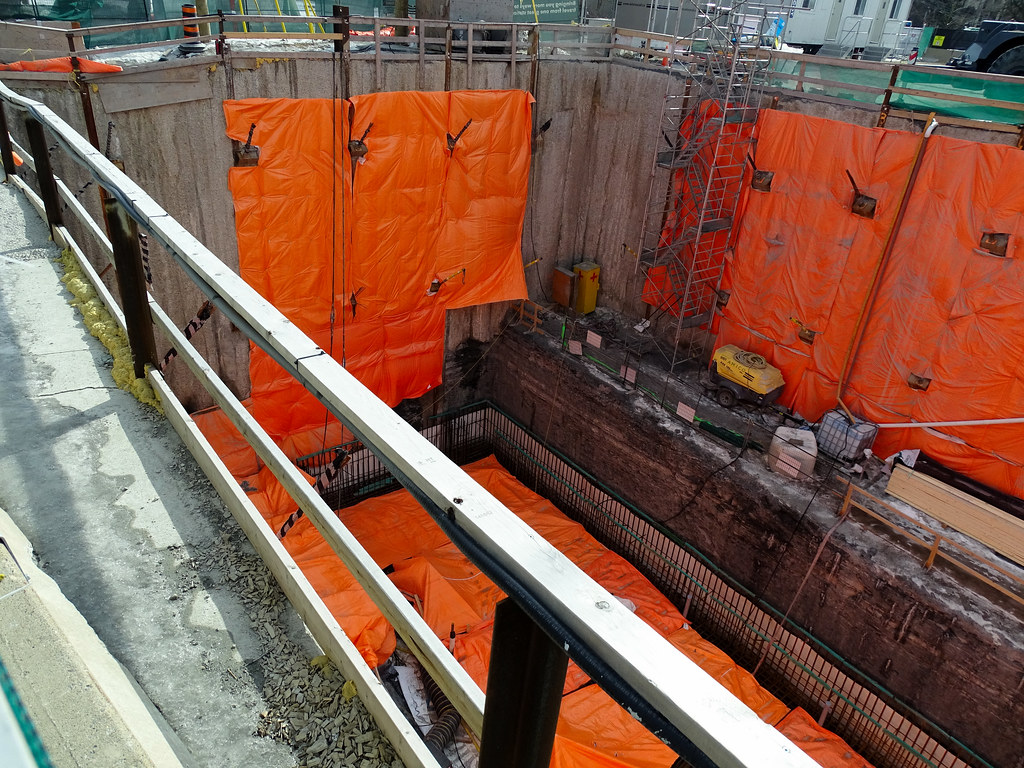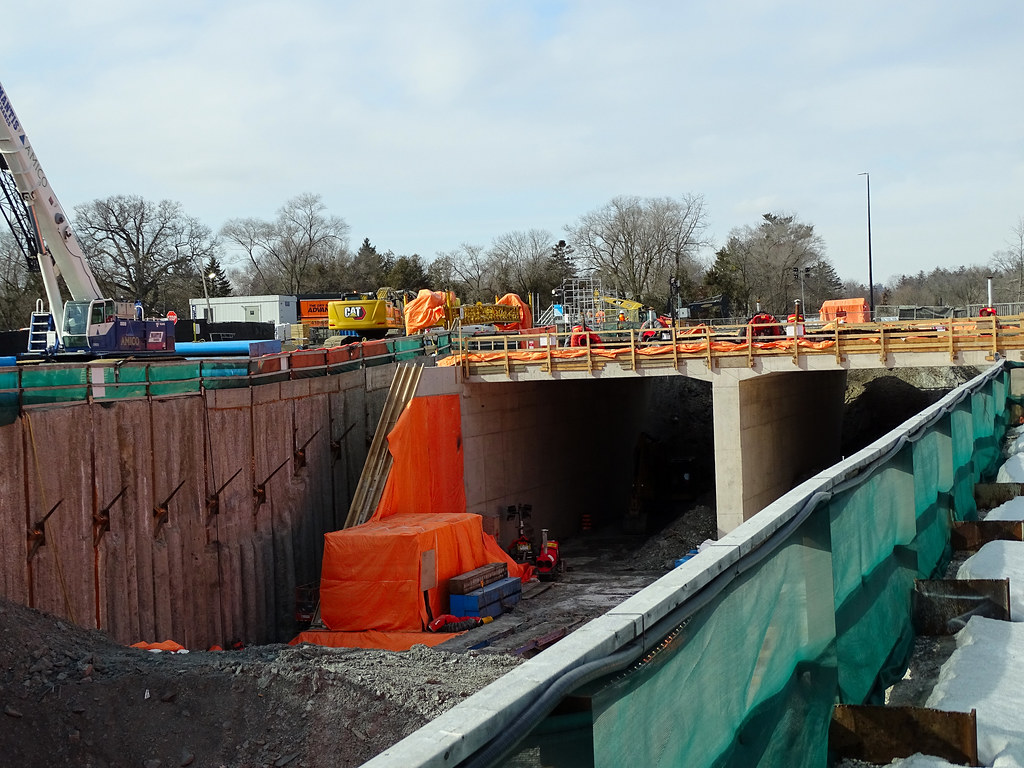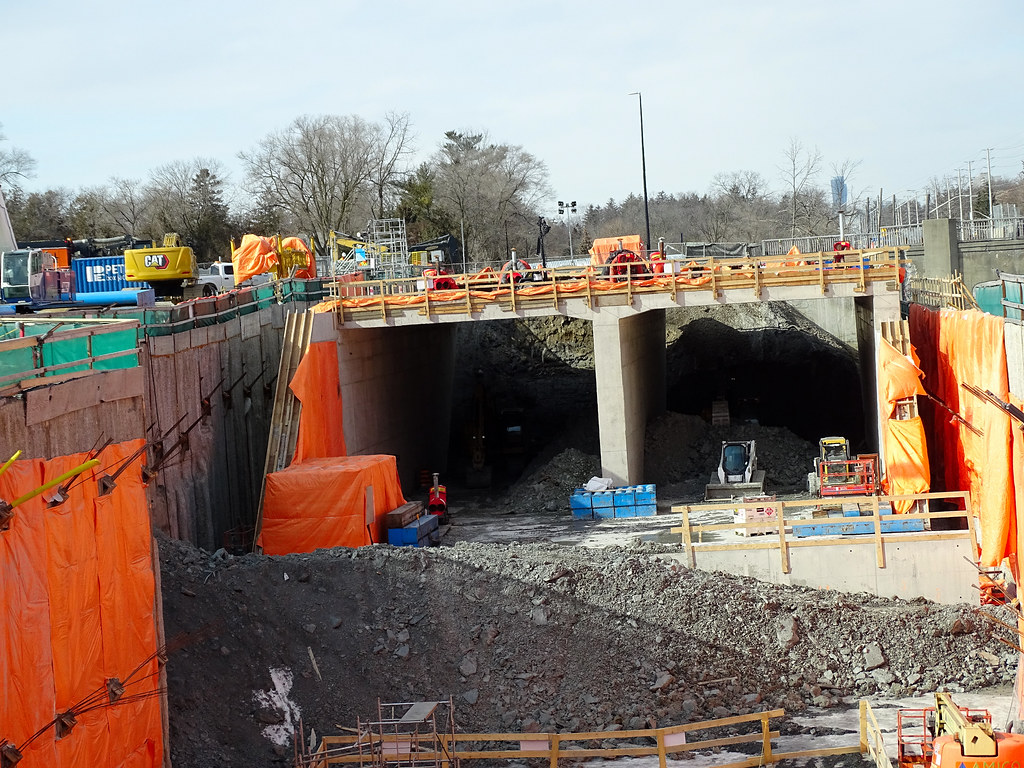Yes, just like its possible to give LRT's right of way.
Its also possible to have electric buses, whether overhead or battery.
The problem with buses however is capacity. Even bendy buses have capacity issues compared to what you can do with coupled LRTs.
The largest single expense to any organization is and always will be employees. Especially in a unionized public crown corp like a transit system.
Coupling 3 LRTs together and paying 1 driver vs 6 buses with 6 drivers greatly reduces operating expenses.
Also, driverless technology will be coming to LRT's way sooner than buses. Its simply easier to control a device with a computer when that said device rides on rails and doesn't have to be steered.
Moscow Transport aims to start a testing programme for driverless trams at the end of this year or the beginning of 2023, deputy mayor Maksim Litsutov told a…

www.railtech.com
